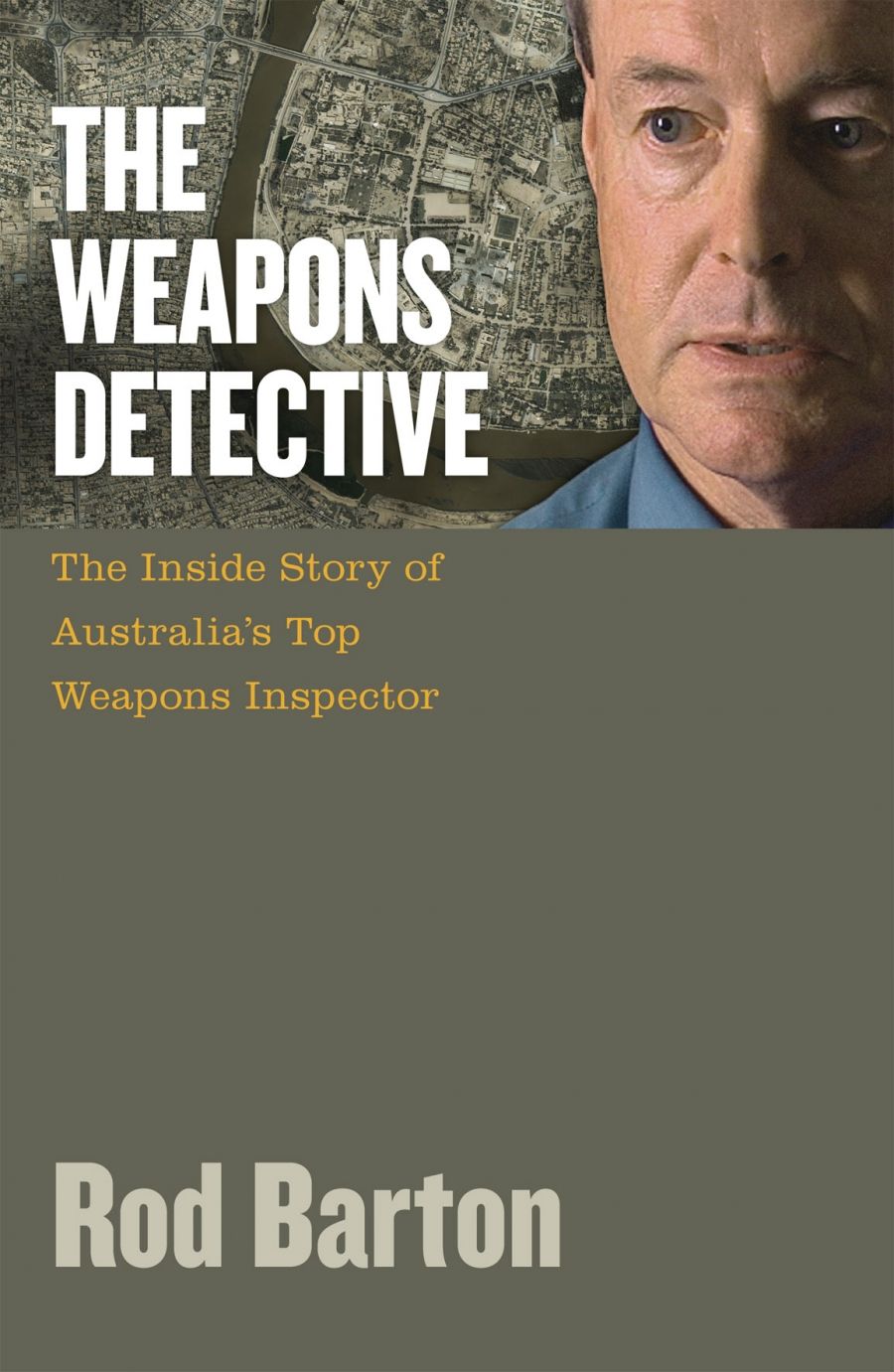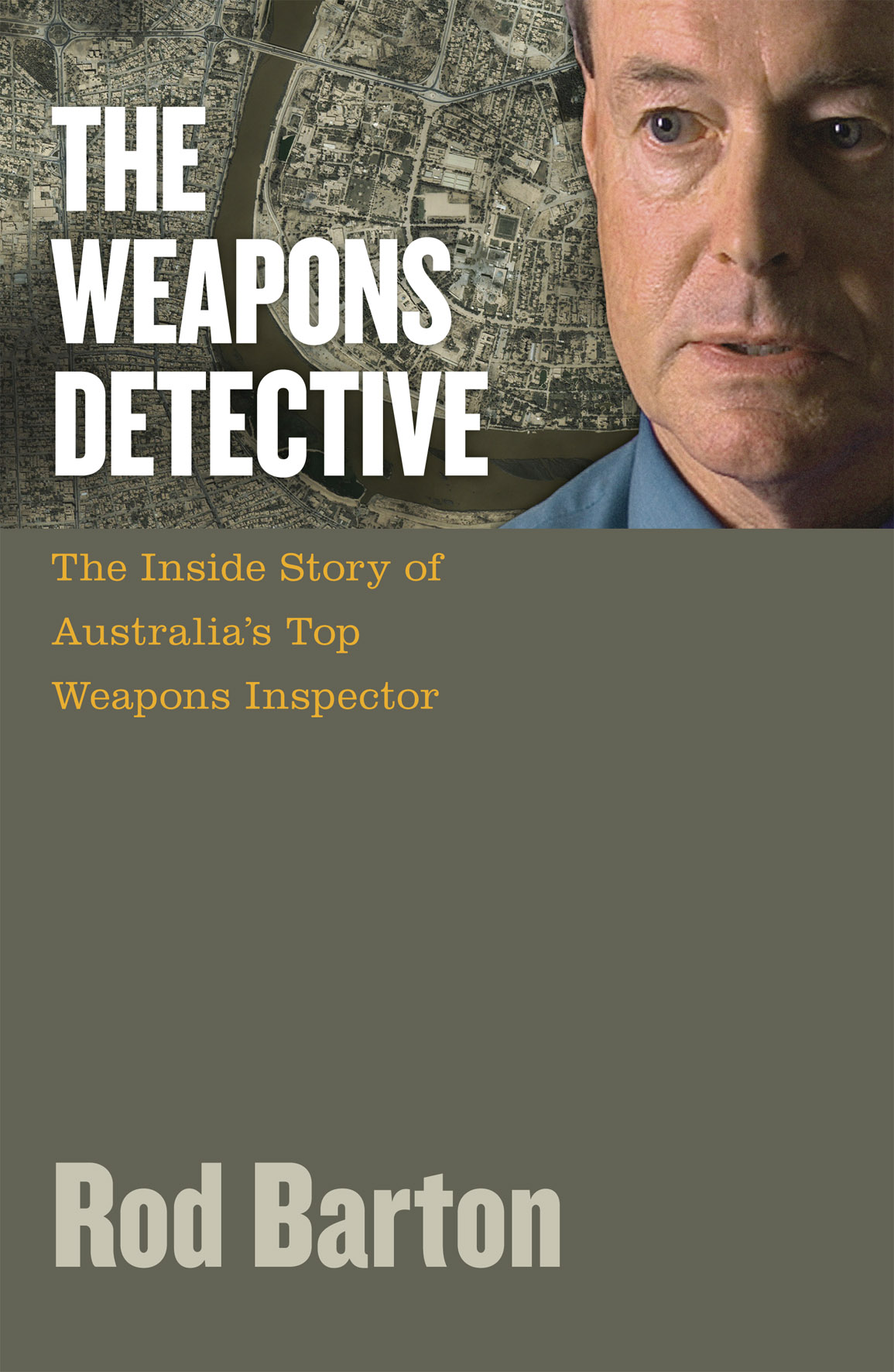
- Free Article: No
- Contents Category: Non-fiction
- Review Article: Yes
- Article Title: Fatal blows
- Online Only: No
- Custom Highlight Text:
Early in his book, Rod Barton describes his reaction to two events that showed what kind of intelligence officer he would become. In the late 1970s he was asked by the Joint Intelligence Organisation to deter-mine the winners and losers in a nuclear exchange between the superpowers. But how, he asked, could this be done without taking into account environmental, political, medical and psychological factors? The other occasion was when Barton contradicted American military intelligence assertions that ‘yellow rain’ falling on Hmong tribesmen in Laos in the late 1970s was a Soviet-supplied chemical warfare agent. His own investigations showed it was bee droppings. Prime Minister Malcolm Fraser backed his findings despite pressure from US Secretary of State Alexander Haig to endorse the American version. Barton’s view prevailed.
- Book 1 Title: The Weapons Detective
- Book 1 Subtitle: The inside story of Australia’s top weapons inspector
- Book 1 Biblio: Black Inc., $29.95 pb, 278 pp
- Book 1 Cover Small (400 x 600):

- Book 1 Cover (800 x 1200):

As Australia’s main weapons detective in Iraq from 1990 to 2003, Barton demonstrated similar tenacity and courage. His work in Iraq began at the end of the 1991 Gulf War. During ‘Desert Storm’, the nuclear reactor at Al Tuwaitha and main chemical plant near Samarra had been destroyed. But as part of Rolf Ekeus’s Special UN Commission, UNSCOM, Barton’s task was to monitor the elimination of remaining weapons. He and his twenty colleagues ferreted around among collapsed buildings, unexploded ordinance and leaking chemicals. Contending with US-made anti-personnel mines that the Americans denied having dropped, they found traces of sarin, cyclosarin, mustard gas and the deadly nerve agent VX. They also found an Iraqi uranium enrichment plant, indicating that the country was far more advanced in nuclear weapons technology than the International Atomic Energy Agency (IAEA) had earlier thought.
After an interim year spent disarming rebel soldiers in Somalia, Barton came back to New York and rejoined UNSCOM. Between November 1994 and June 1995 he and three other investigators known as the ‘Gang of Four’ again trawled through factories, and interrogated European chemical and equipment suppliers in an effort to establish whether the Iraqis had had a biological weapons programme. Often harassed by Iraqi officials and ‘spontaneous’ demonstrators, they pieced together some damning evidence, including the importation of large amounts of bacterial growth media. The strain of denying mounting evidence supporting the existence of weapons of mass destruction (WMDs) caused the Iraqi officials whom they were questioning to crack: they suddenly confessed to having produced botulinum, ricin, aflatoxin, anthrax and viral agents. Some of these had been weaponised in bombs and Scud rockets. However, they had not been used in the Gulf War for fear of US nuclear retaliation, and the officials said all had been destroyed. But how to verify these claims? After six years of lies and evasions, UNSCOM was sceptical of whatever the Iraqis told them. More and more insistent demands were being made in Washington for régime change in Baghdad, whatever the state of Iraq’s WMDs. Barton’s narrative reflects a growing urgency to prove once and for all the total destruction of the weapons before the Americans took military action.
In 1997, Barton records, things begin to deteriorate. Richard Butler replaced Rolf Ekeus as Executive Chairman of UNSCOM. Butler was blunt and authoritarian with UNSCOM staff, and there was much antagonism between him and his main Iraqi interlocutor, Deputy Prime Minister Tariq Aziz. His grasp of technical detail was not particularly good. The fatal blow came in January 1999 with revelations that, a year before, Butler had authorised a device to be installed at UNSCOM’s hotel in Baghdad to intercept Iraqi signals for decryption in Washington. Iraq refused to allow further UNSCOM inspections, accusing the Commission of being a stooge of the CIA.
In December 1999 UNSCOM was replaced by a new verification commission, UNMOVIC, headed by Hans Blix, former head of the IAEA. But UNMOVIC rapidly became irrelevant as events span out of control: four months after 9/11, President George W. Bush declared Iraq to be part of an ‘Axis of Evil’. Throughout 2002 British and American intelligence consistently exaggerated the threat posed by Iraqi WMDs. A ‘dossier’ from British Intelligence claiming that Saddam Hussein could deploy chemical and biological weapons against other countries in forty-five minutes was a blatant example. On 27 January 2003, Blix made one last effort to bring the debate back to reality. He told the Security Council that Iraq had destroyed the vast bulk of its WMDs in 1991. Iraq might still have remnants of these, but not enough to pose a threat to other countries. But Blix’s observations fell on deaf ears; British and American officials buried them with claims about uranium imports from Niger, aluminium tubes for enrichment, mobile biological laboratories and unmanned aircraft. On 19 March 2003, the ‘Coalition of the Willing’ invaded Iraq.
Barton poignantly covers the suicide of his colleague David Kelly, the fruitless efforts by the CIA to find WMDs after the occupation, and the way Coalition intelligence agencies ran for cover when their fraud and exaggerations were exposed. He makes a penetrating analysis of Saddam Hussein’s state of mind, and of his practised ambiguity leading up to the 2003 invasion, the defensive motives for which Western leaders consistently chose to ignore.
In writing the book, Barton also exposes, more convincingly than anything else I have seen or read, two essential truths: the ‘Coalition of the Willing’ went to war in Iraq on a lie, and the Howard government and Australian intelligence agencies were complicit in substantiating it.


Comments powered by CComment